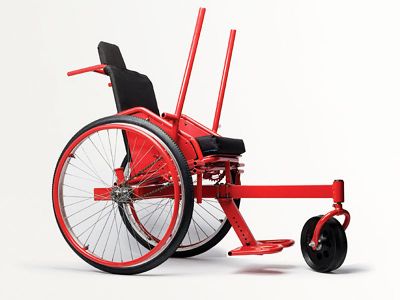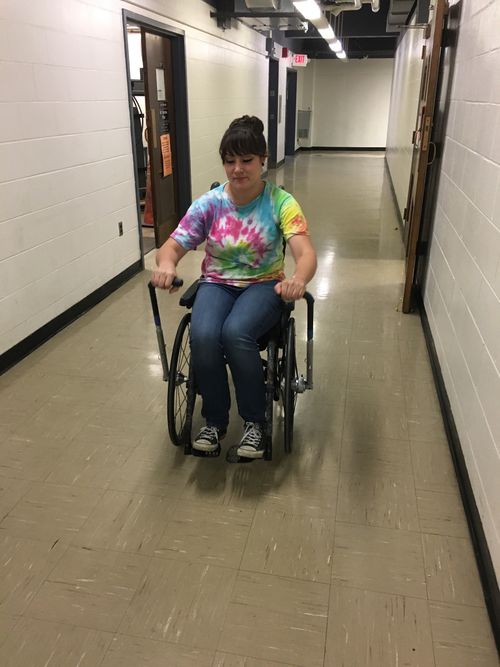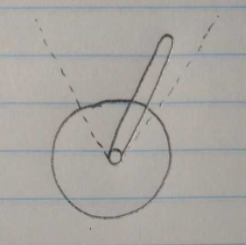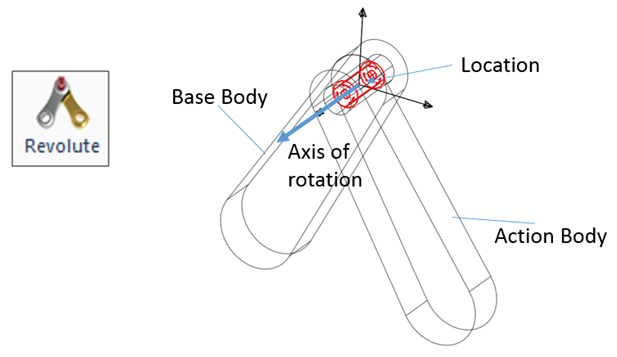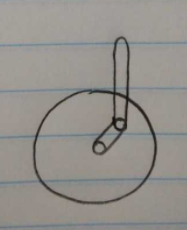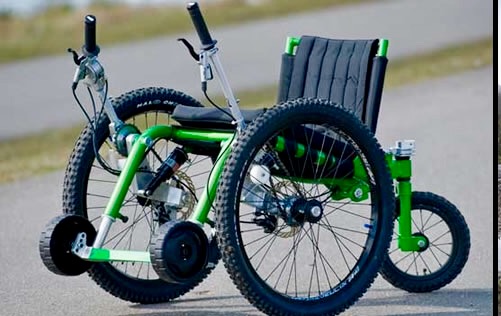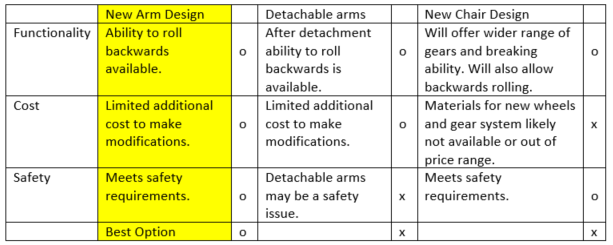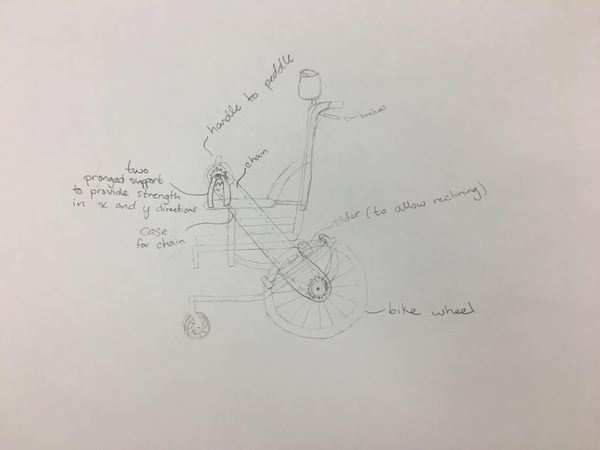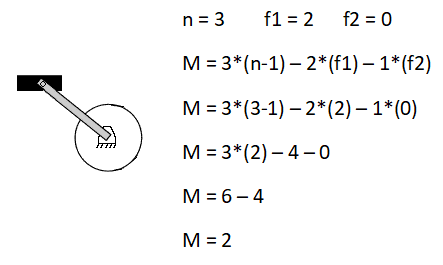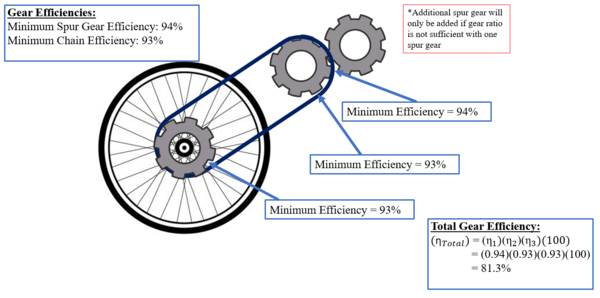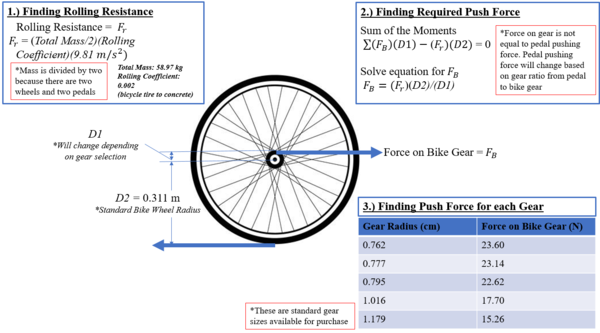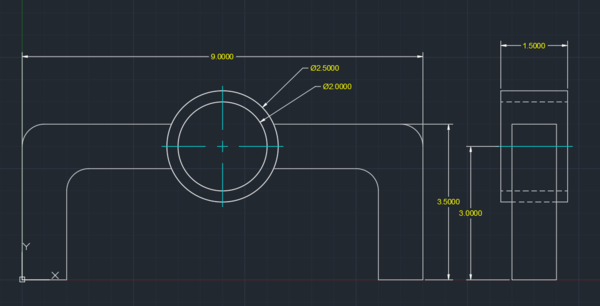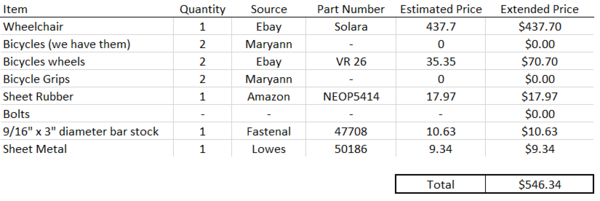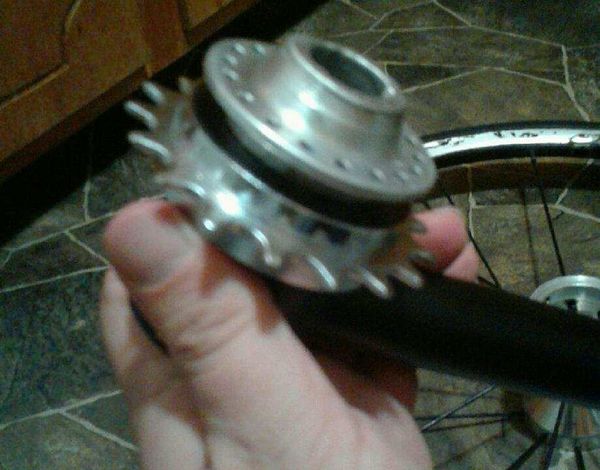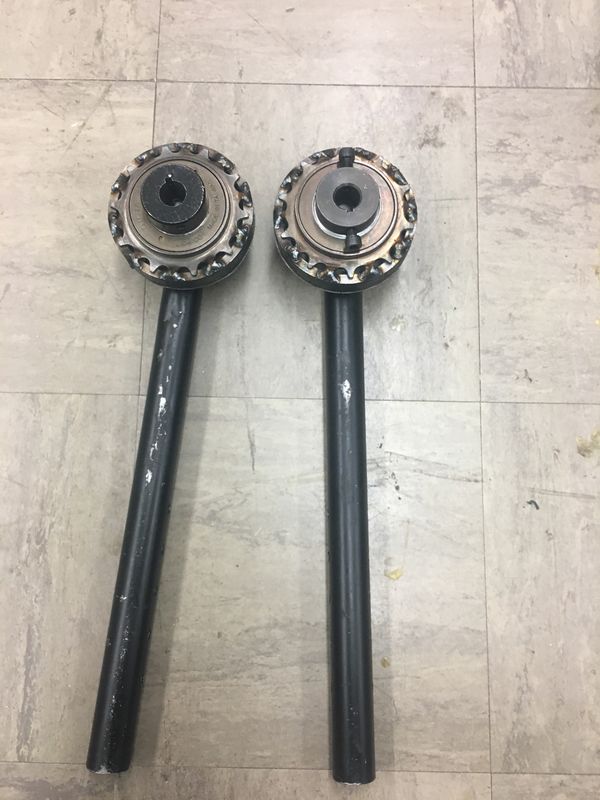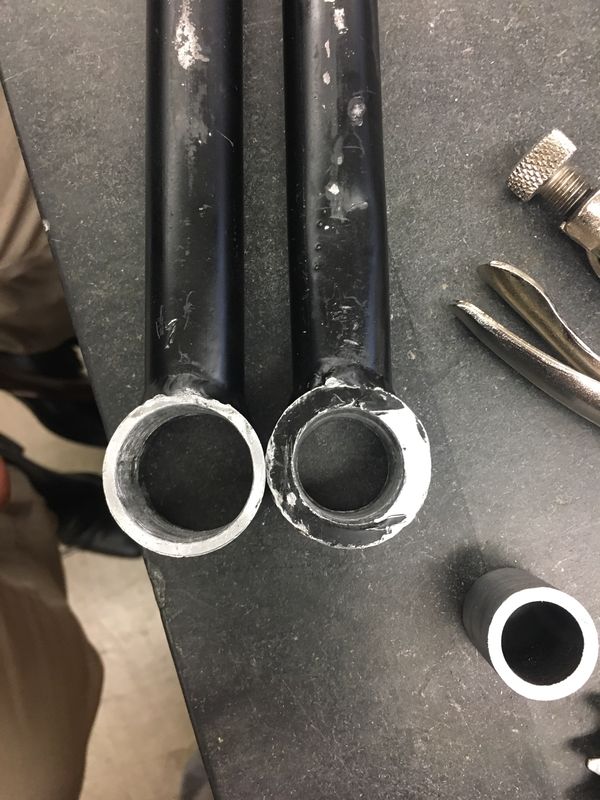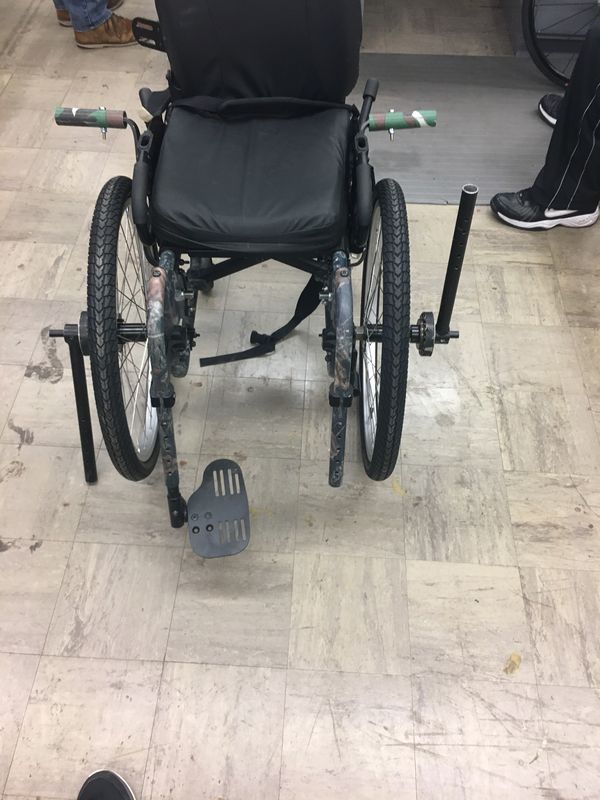Arm-powered wheel chair
Abstract
Last year a hand powered wheel chair was designed to assist a young boy in strengthening his upper body and offering him a greater sense of independence. Over the past several months the chair has lost function and multiple recommendations and requests have been made by the family to improve the chair an accommodate for the users physical growth.
Team members
- Photo of team
Team Members:
- Othon Oliveira Lima
- Sultan Albalawi
- Maryann Bulawa
- Rakan Alanazi
- Fahad Alduhwaihi
- Seth Logue
- Courtney Riggs
- Matthew Schilling
- Almutairi Fahad
- Fahad Alkhaldi
Problem Statement/overview of the need
Currently the chair is no longer functional so at minimum the chair must be repaired to it’s original functionality. In order to allow for easier use in a multitude of varying environments, the chair must be able to move backwards. Due to placement of arm pushers the chair cannot role backwards and cannot be steered by anyone helping the user navigate his environment.
Design Specifications
Chair must increase in size to accommodate growth of user (3 inches)
Chair must be able to role backwards by being pulled
Modification to headrest must be made to prevent head from falling forward
Modified leg rest must allow for comfortable movement and still protect the user from moving mechanisms of the chair
Replace gearing/bearings, in the chair to increase resistant force
Background research
The kid's parents were our best background research resource. During our visit to their house, they told us what they liked about the old chair and what they didn't like and needs improvement.
Conceptual Design
Design Concept 1 - New Arm Design
We propose adding another body to the system to allow the wheel to spin freely backwards without moving the main push arms back towards the ground.
Design Concept 2 - Fully Redesigned Chair
In order to provide the user with a greater sense of independence we propose adding brakes and replacing the one-way bearing with a gearing system. This design would require the purchase of new equipment, such brakes, gears and modified wheels.
Design Concept 3 - Detachable Arms
If those assisting the user wanted to move the chair backwards, they could detach the arms from the wheels. An added arm frame would prevent the arms from completely disengaging from the chair.
Evaluate concepts/select candidate
Due cost restrictions and concerns of safety of the user and anyone assisting him, they new arm design is the best option moving forward.
Detailed Design
This section will describe a detailed design process
Description of selected design
We plan to purchase a reclining wheel chair with a firm seat. We will replace the wheels with bicycle wheels to give the family an easy way to maintain the chair. We are going to use gears and a chain, like a bicycle, to allow the boy to "peddle" handles to rotate the wheels, thus moving forward. The handles will operate each side independently to allow for turning. They will be mounted to the arms of the chair with a two pronged (horseshoe shaped) support to provide strength in x and y directions. We will put a casing over the chain so it doesn't snag the boys clothes. We will have to do analysis after receiving the chair to make sure the handle is mounted in a place that allows rotation about the real wheel axis.
Detailed description of selected design
Analysis
Describe three types of analysis to be performed on the design
Engineering analysis 1 - Degrees of Freedom
Engineering analysis 2 - Gear Efficiency
Engineering analysis 3 - Force
CAD Drawings
- Bracket for gearing
- Handlebar
Bill of Materials
Assembly Instructions
Fabrication Process
Testing and implementation
Describe testing, delivery, how used/received by the family
Photos of Completed design
Insert pictures of the final product
Instructions for safe use
Provide a clear summary of safe use for the family. Do not use the device unless supervised by an adult that has been fully understood the safe use of this product.
